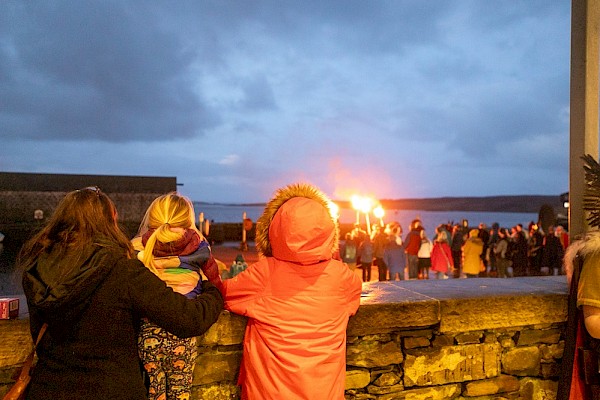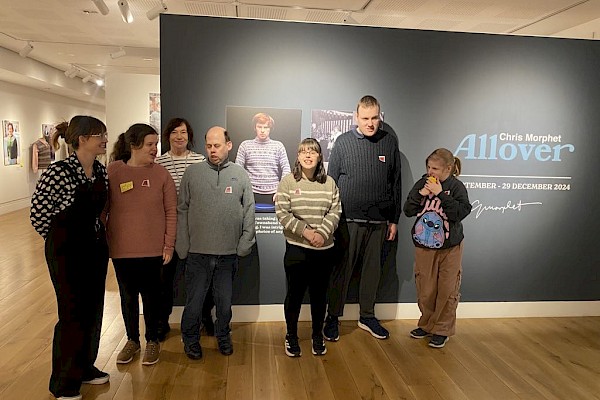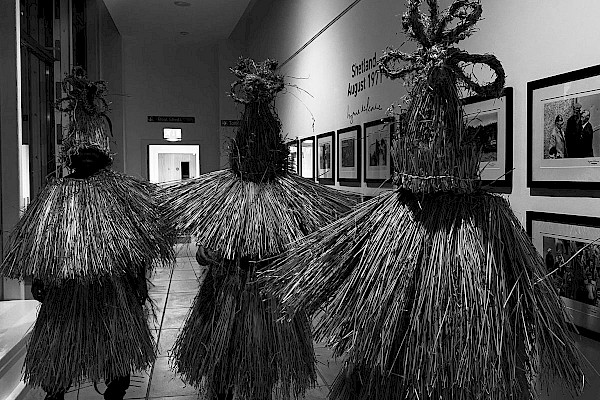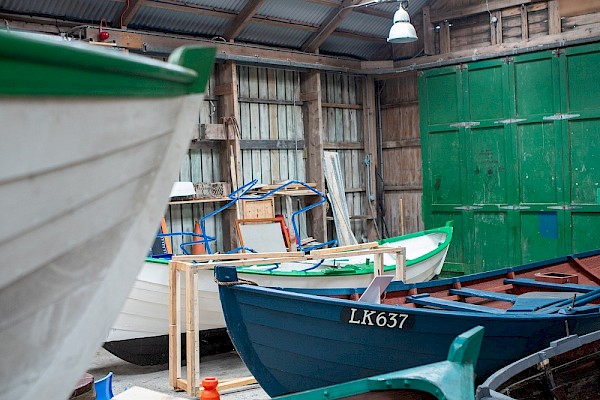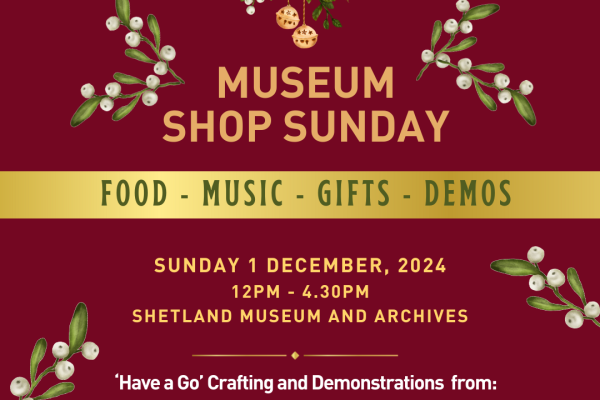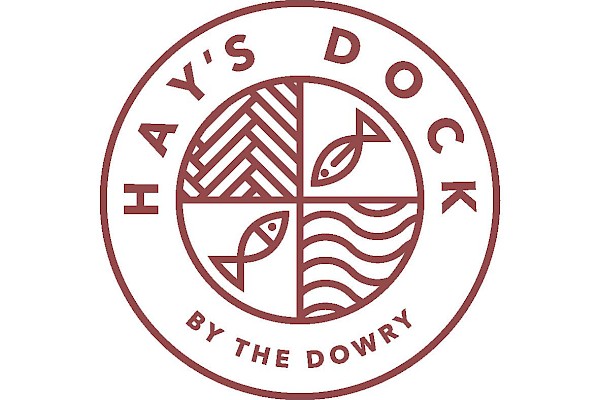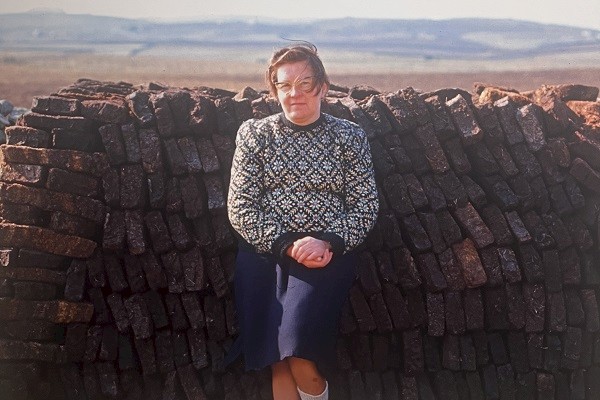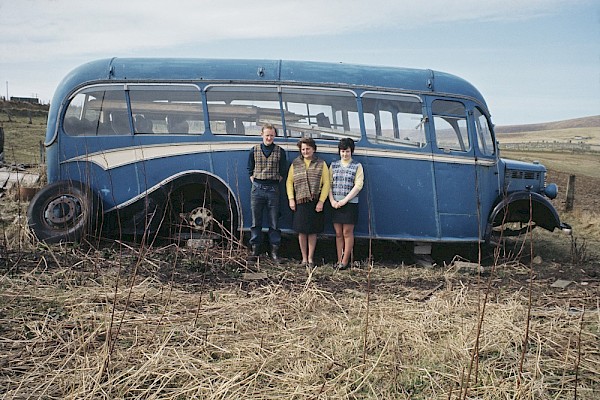Breaking The Mould
In 1772 some of Shetland’s most unusual treasures, a hoard of six bronze armlets was uncovered near the location where Brough Lodge now stands.
The armlets were seen by the Rev. George Low, when he visited Shetland in 1774, who described them as: “six pieces of curiously cast brass were found wrapped in a raw hide, and sunk a good way below the surface. The figure of these is very singular and the workmanship fine, the relieve bold.”
During the later Iron Age, around 1,700 years ago, a tradition of ‘masive’ metalwork emerged in North Scotland. This kind of heavy armlet, with enamelled settings, was worn around the lower bicep as a show of strength and of the wearer’s prestige.
Complex items were made by shaping a wax pattern (model) of the object, and wax runners called sprues were fixed onto it, allowing air to escape from the molten metal. The pattern was packed round with clay. This was heated to make the wax melt away, leaving the hardened mould. The smith melted bronze in a crucible, and then poured it into the mould. When the metal cooled, the mould was broken to reveal the casting. The object was then finished, decorated and polished as required. The Brough armlet made in one piece but something went wrong in the casting, so it was cut in half and hinges riveted on.
Only one of the six armlets survives. It was passed to the Welsh writer Thomas Pennant, and it remains in his collection, now held by Cambridge University Museum of Archaeology and Anthropology.
We are grateful to the Museum of Archaeology and Anthropology, Cambridge University who have allowed us to display the armlet.
